-1140x400w.jpg)
How to Check a Car’s Mileage with OBDeleven
Before purchasing a new vehicle, one of the most important
factors to consider is the mileage. The car's mileage is one of the key clues
that will help you understand its history.
A low-mileage vehicle may indicate that the previous owner
used it sparingly and took good care of it. On the other hand, a high-mileage
vehicle may show that it was heavily used, which could result in more wear and
tear. By checking the mileage, you can get a better understanding of the car's
overall condition and potential future problems, helping you make a more
informed buying decision.
Note: Be cautious about odometer fraud (rolling back the
mileage counter). Research how to avoid such scams.
There are several ways to check a vehicle’s true mileage,
though not all methods work for every model. The mileage check methods
mentioned in this article are only applicable to VAG vehicles manufactured
after 2008 that use the UDS protocol.
Checking Car
Mileage with Live Data
Using OBDeleven, you can check the mileage stored in various
control units of the car. Typically, mileage information can be found in the
engine, transmission (if available), and dashboard control units. Depending on
the vehicle, mileage may also be recorded in other control units.
When you open the Live Data function, you can search for
relevant parameters using keywords like "distance,"
"mileage," "km," etc. Afterward, you can compare the
mileage information from several control units. It is normal to have a few
hundred or even a thousand kilometers of difference between units. However, if
one unit's mileage is significantly lower or higher than the others, it’s
likely that the unit has been replaced.
If the dashboard mileage is notably lower than the mileage
stored in other units, this may indicate that the dashboard mileage has been
altered. Normally, the dashboard should display the highest mileage compared to
other control units.
Working Hours
For some vehicles, it is possible to access the approximate
working hours using the Live Data function. This information may be stored in
units such as steering assistance, multimedia (screen time), and others. Once
you know the number of working hours, you can divide the dashboard mileage by
the working hours to calculate the car's average speed.
The normal average speed is around 50 km/h. If the
calculated average speed is much lower than this, it might indicate tampered
mileage or could mean the car was mostly driven in urban areas, which can lead
to more wear and tear. A higher average speed might indicate that the car was
driven on long-distance highways.
Recent Events
Another way to learn more about the car's mileage is by
checking recent events stored in the Live Data of control units. This feature
shows when and at what mileage specific events occurred. For example, in the
engine control unit, you can find the mileage at which events such as the
number of stop processes or start requests were recorded.
In the brake control unit, information about tire pressure
monitoring adaptations and the mileage at which these adaptations occurred is
stored. If any of the recorded mileage in these events is higher than the
dashboard mileage, it is likely that the dashboard mileage has been altered.
This method is particularly effective for newer models where the mileage has
been adjusted recently.
Freeze Frame
When you scan for faults, you can see the mileage at which
the faults were recorded. If the mileage in the fault's freeze frame is higher
than the dashboard mileage, the dashboard mileage was likely adjusted. However,
this method only works if there are faults that occurred before the mileage
adjustment and have not been deleted.
Checking a car’s mileage is a crucial step when buying a
second-hand vehicle. With OBDeleven, you can easily access valuable information
about the car’s past.
By using Live Data to check the mileage from different
control units, calculating the average speed, or examining faults in Freeze
Frame, you can gather accurate information about the car's true mileage before
making your purchase.
Note: The advice and maintenance tips in this blog are
intended for general informational purposes. While we strive for accuracy, you
should use this information at your own discretion. Always consult your
vehicle’s manual or seek advice from a certified expert for specific repair
details and safety procedures.












